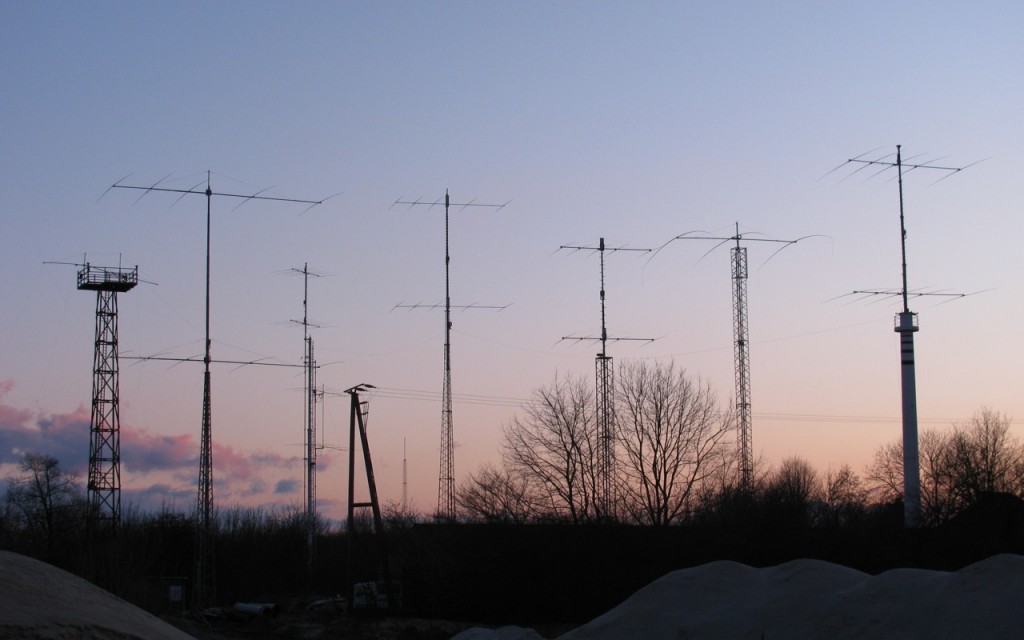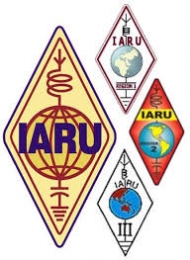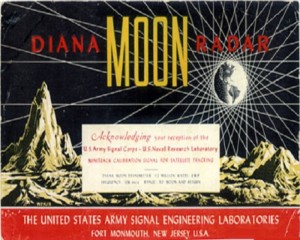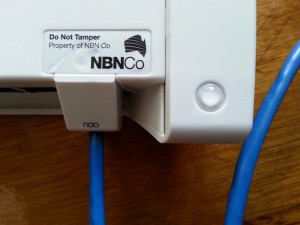The below article appears in December 2015’s CQ Amateur Radio Magazine. The text is reproduced on our website with the permission of the author, Cory Sickles WA3UVV, to whom we extend our thanks.
Stuart VK2FSTU adds:
I’ve heard many a time people demonising contesting, but I shared this article for one reason, I cannot ask that people who hate contesting like it, but read this and take in what contesting has done for Amateur Radio, it benefits us all.

“Many of the improvements that benefit us all… were driven by contesters.”
On any given weekend, it seems you’ll find one, two, three, or more contests going on several HF bands. Add to that the probability of some DXpedition that’s creating a “dog-pile” of stations trying to work them and get a card – but not just one – one for each mode on each band (collect ’em all!) in a competition to show who has the most RF they can direct at their target.
For the contester or DXer, this is pure heaven. It’s the raison d’etre of ham radio. For the non-con- tester, this can seem overwhelming and nothing more than a cacophony of noise and sometimes abhorrent behaviour. Even the CW sub bands – normally a relaxing domain of rhythmic tones – become a quasi-randomised dysfunction of slightly off-frequency signals that defy decryption. Factor in a RTTY contest – with the tendency of some to encroach deeply into the land of CW and QRP – and you have the makings of a discouraging concoction of activity.
Admittedly, I fall into the category of the non-contester. I own nothing that can produce more than 120 Watts PEP on HF. I typically use wire antennas and only have one Yagi. Further, I enjoy QRP and most of my QSOs fall into that category. It is rare that I operate CW with more than 20 watts. “Big Gun?” Ha! I don’t even think I’d qualify as a “little pistol.” Does contesting have a “toy slingshot” category?
When 20 meters is full of contesting activities, I typically retreat to the comfort of 30 or 17 meters – depending on propagation and my mood – where I can find a more desirable signal-to-noise ratio. Once there, I can usually find some like-minded souls with whom to have a longer and more interesting conversation than the typical “drive by” of call sign and signal report exchanges.
My primary interests in amateur radio are building, experimenting, and meeting new people – combined with a “less is more” philosophy. This seems to be a far cry from the more popular big tower, max power, on all hours – focus of hard core contesters and DXers.
Sure, I’m painting with the proverbial “broad brush” here, but I’ve seen enough in 40+ years as a ham to know something of which I speak. Further, these are the complaints of many non-contesters. But as much as I dislike the effect of contesting on my activities, I don’t hate contesters. Rather, I respect and even appreciate them.
On the Other Hand…
If that sounds somewhat schizophrenic, allow me to explain. While some of us may not enjoy what contesting does to our bands, we all benefit from what contesters have done for ham radio.
Many of the improvements that benefit us all – be it highly accurate digital VFOs, increased transmitter efficiencies, lower noise receivers with even more sensitive front ends and greatly enhanced filtering – were driven by contesters. Improved speech processing, software defined radios, memory keyers, solid-state finals, and amplifiers were all embraced first by contesters. Their competitive nature made them early adopters of microcomputers in the shack as they continue to push the envelope of technology. Whatever new thing, idea, or technique they can use to gain an edge over others, they welcome and customise to make their own.
Contesters also drive the economics of amateur radio. Casual rag chewers are not the ones purchasing TS-990S, FTDX5000 and IC-7850 transceivers. Sometimes the technological merits of top end rigs take a back seat to manufacturing theology, but the money is being invested (not merely spent) into equipment, support items, and more. I’m not going to go out and erect a tower for a few dipoles, but some contesters will do just that building an array of beams or directional rhombics, as their needs and budgets permit.
Long ago, I observed that there are “casual users” and “power users” when it comes to computers. Casual users say, “I have a computer and use it for word processing, spreadsheets, and to surf the web.” Power users say something like “I have a system with a video wall, an octal-processor array over-clocked to 11.7 GHz with 12 GB of dual-ported cache, 256 GB of RAM and a 500TB Raid 5 disk array. I’m a Microsoft beta tester and use Word and Excel. My Internet connection supports redundant, real-time Über-pipeline connectivity.” Power users invest their dollars to obtain the latest tech and make the best use of it.
Hard core DXers and contesters are the power users of amateur radio. They don’t simply tell you they have a rig and antenna, they can run down the list by heart – a list that probably includes brands and terms you’ve never heard of. Just nod your head and smile. Much of what they have today will be available in a more-affordable version in just a few years. By then, they will have moved onto other cutting-edge things.
So, when you hear the sound of a contest or see someone buying another amplifier to outfit the fourth position in their contest station, just smile and know the state of ham radio is well – moving forward and being funded nicely.




